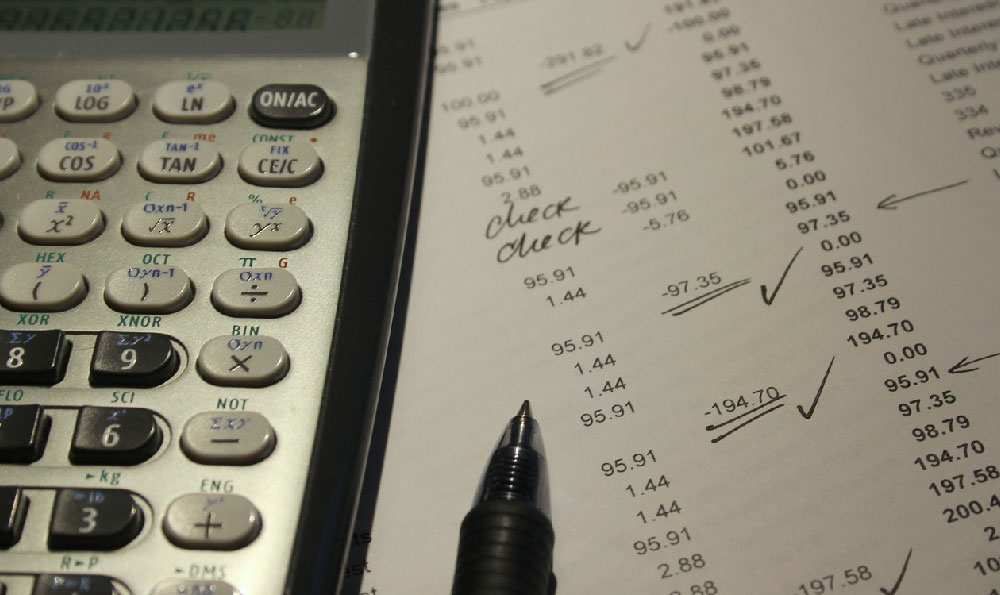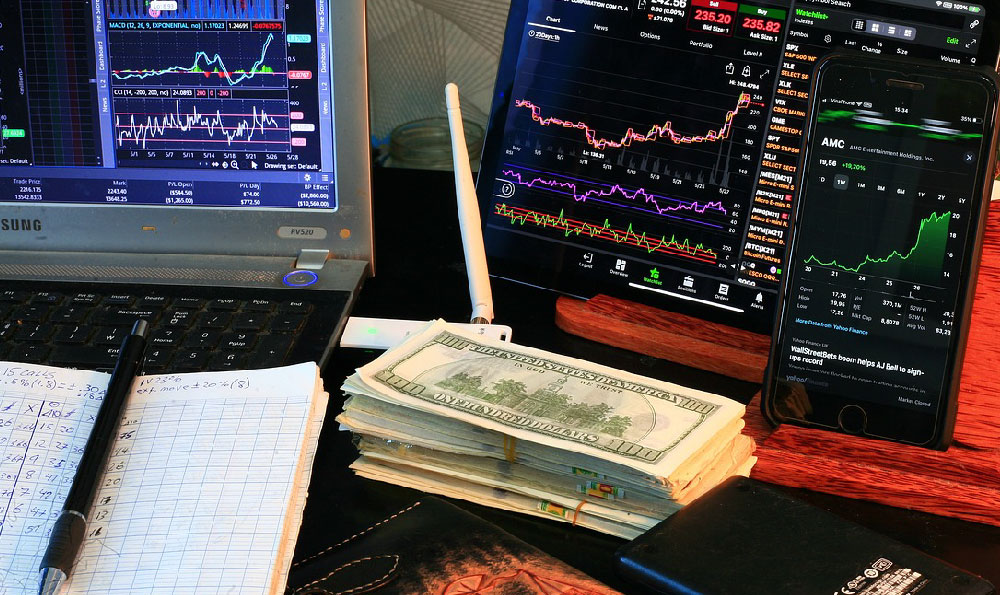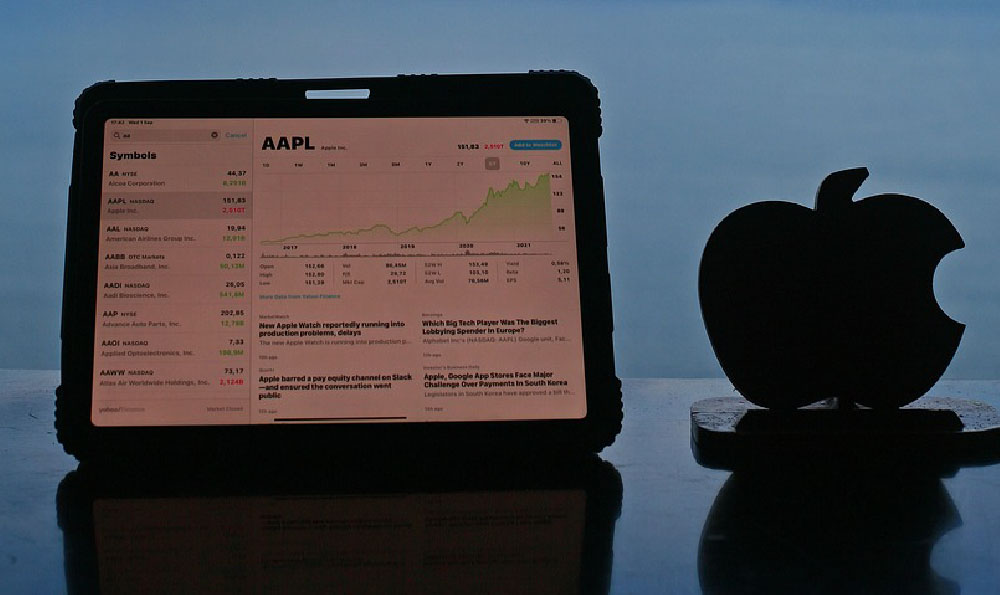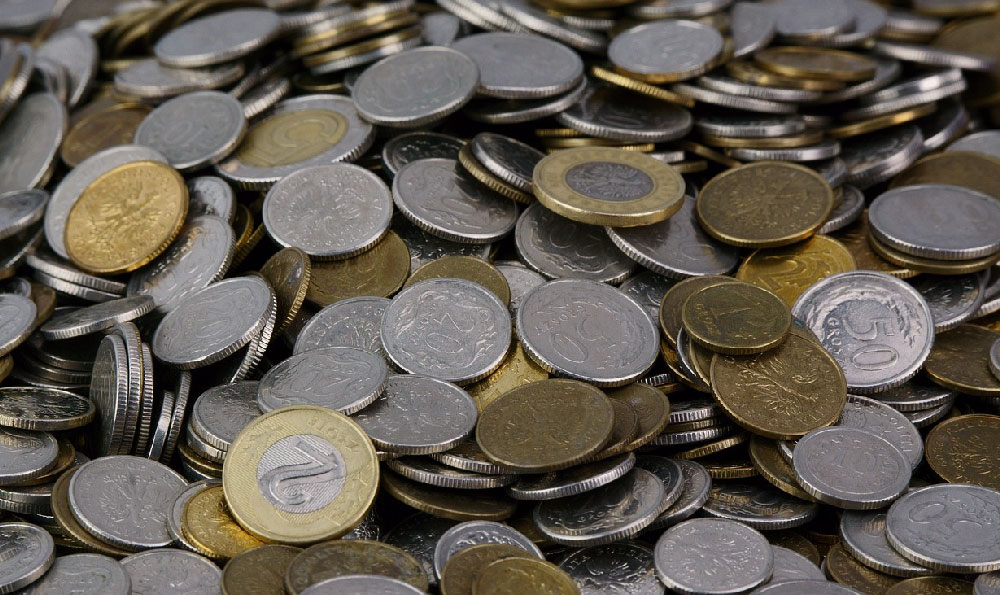Spotify, the ubiquitous music streaming platform, presents a compelling avenue for monetization, although direct avenues for regular users are limited. Primarily, the path to earning from Spotify revolves around being an artist, songwriter, podcaster, or content creator whose work is hosted on the platform. While the platform itself doesn't offer straightforward payment mechanisms for listeners or casual users, there are indirect ways to leverage its popularity for personal or business gain. Let's delve into the core strategies that genuinely work for monetizing Spotify presence.
The most direct and impactful route to monetization involves being a musician or band. To generate revenue this way, artists need to get their music onto Spotify. This is rarely done directly; instead, artists usually partner with a digital music distributor. These distributors act as intermediaries, taking a cut of the royalties in exchange for uploading the music to Spotify and other streaming platforms, handling the complex licensing and payment processes, and ensuring artists receive their due compensation. Popular distributors include DistroKid, TuneCore, CD Baby, and AWAL. Each has its fee structure, which might involve upfront costs, annual subscription fees, or percentages of royalties. The choice depends on the artist's budget, anticipated streaming volume, and desired level of service.
Spotify pays artists royalties based on a complex formula that takes into account the number of streams, the artist's country, and Spotify's overall revenue. Importantly, the per-stream rate is incredibly low, typically falling in the range of $0.003 to $0.005. This means that generating substantial income requires millions of streams. Therefore, merely uploading music is not enough. Artists must actively promote their music to drive traffic and increase their listenership.

Effective promotion involves a multi-pronged approach. Artists should leverage social media platforms like Instagram, TikTok, and YouTube to build their brand, engage with fans, and promote their music. High-quality music videos, behind-the-scenes content, and interactive live streams can attract new listeners and cultivate a loyal following.
Beyond social media, artists should consider utilizing Spotify's own promotional tools. Spotify for Artists provides artists with valuable data about their listeners, allowing them to tailor their marketing efforts more effectively. Artists can submit their music to Spotify's editorial playlists, which are curated by Spotify's in-house team. Getting featured on a popular playlist can significantly boost an artist's visibility and stream count. However, competition for playlist placements is fierce, so the music must be high-quality and resonate with the playlist's target audience.
Another effective strategy is to run targeted advertising campaigns on Spotify itself. Spotify Ads allows artists to reach potential listeners based on their demographics, listening habits, and musical preferences. While these campaigns require an upfront investment, they can be a powerful way to increase an artist's reach and drive streams.
Furthermore, artists can leverage their Spotify presence to generate revenue outside of the platform. For example, they can sell merchandise, such as t-shirts, posters, and vinyl records, to their fans. They can also perform live shows, which can be a significant source of income, especially for established artists. Spotify can be used as a powerful tool to promote these other revenue streams. For example, artists can include links to their merchandise store or concert tickets in their Spotify bio or in their song descriptions.
Podcasters can also monetize their content on Spotify. Spotify has invested heavily in podcasting in recent years and offers several monetization options for podcast creators. One option is to participate in Spotify's Audience Network, which allows podcasters to run ads within their episodes. Spotify handles the ad sales and shares a portion of the revenue with the podcaster.
Another option is to offer premium content to paying subscribers. Spotify's subscription service allows podcasters to create exclusive episodes, bonus content, or ad-free listening experiences for their subscribers. This can be a lucrative way to generate recurring revenue.
Just like musicians, podcasters need to actively promote their content to attract listeners and increase their subscriber base. Social media marketing, guest appearances on other podcasts, and cross-promotion are all effective strategies.
Beyond musicians and podcasters, content creators can also monetize Spotify in creative ways. For example, they could create curated playlists and promote them on social media. If the playlists gain a significant following, they could potentially partner with brands for sponsored content or earn affiliate revenue by promoting products or services within the playlist description.
Furthermore, skilled audio engineers and producers can offer their services to musicians and podcasters who are looking to improve the quality of their recordings. By showcasing their work on Spotify, they can attract new clients and build their reputation in the industry.
While it's crucial to acknowledge that becoming a full-time, financially independent musician or podcaster solely through Spotify revenue is challenging, the platform serves as a crucial promotional tool. It's a key component of a broader strategy that encompasses live performances, merchandise sales, crowdfunding initiatives, brand collaborations, and other avenues for generating income. The true power of Spotify lies in its ability to connect artists and creators with a vast audience, providing a foundation for building a sustainable career. Successful monetization necessitates a multifaceted approach, a dedication to crafting high-quality content, and a persistent commitment to marketing and audience engagement. Ultimately, consistent effort and strategic planning are the cornerstones of turning Spotify into a viable income stream.











